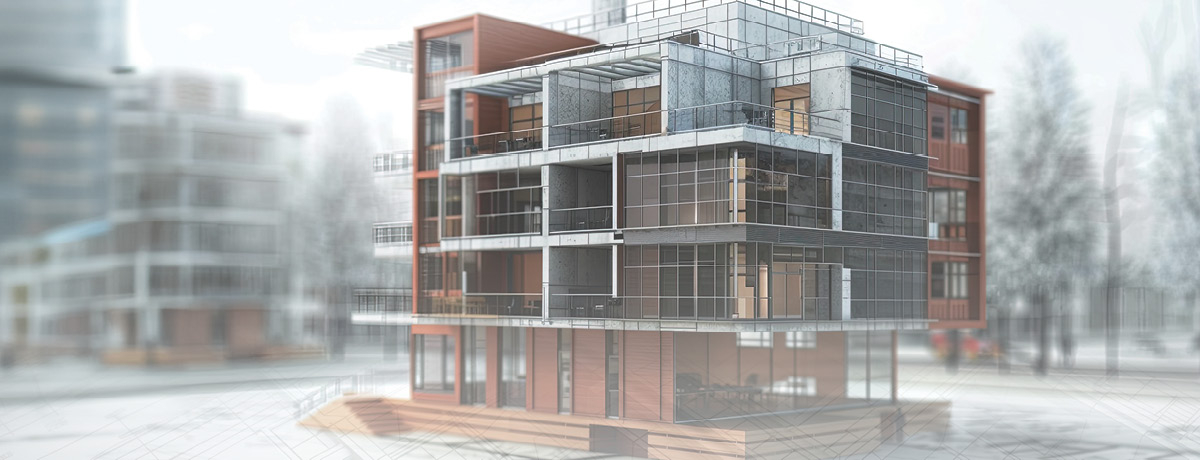The Earth is raging around us. With steady intensity, devastating hurricanes, floods, prolonged droughts and wildfires are becoming more frequent and construction professionals are increasingly finding themselves on the front lines of litigation when climate-related damages occur.
Most design professionals agree building codes and standards governing design and construction practices lag behind our rapidly changing climate realities. However, while they push for more rigorous building standards to meet the challenges of climate change, building owners and construction contractors remain confident that current codes are sufficient to ensure resilience.
This disparity highlights a critical need for alignment and forward-thinking in the industry, a commitment crucial for tackling the escalating challenges of climate change. The construction industry, a major contributor to carbon emissions, energy consumption and waste generation, plays a significant role in exacerbating these issues.
Once reliant on these codes as a benchmark for safety and compliance, construction professionals now face a complex landscape where meeting a “minimum standard” is no longer sufficient.
Construction professionals, attorneys and insurance companies united to address this crisis at the National Institute of Building Sciences’ “Building Innovation Conference” in May 2024.
The NIBS highlighted a revealing report from the American Institute of Architects that sent shock waves through the conference. The report unveiled a stark reality: most architects surveyed believe that existing building codes are insufficient to make structures resilient enough to weather all potential hazards in their locations. This alarming consensus underscores a pressing need for an overhaul in standards, emphasizing that "minimum compliance" just doesn’t cut it anymore.
Design professionals are at the forefront of shaping the safety, sustainability and resilience of our built environment. Their responsibility goes far beyond simply adhering to existing codes and standards; they have a duty to anticipate and mitigate the impacts of climate change.
However, that same eye-opening report revealed a troubling disconnect: while design professionals advocate for more rigorous standards, building owners and construction contractors are confident that current codes are sufficient to ensure resilience.
Underscoring a critical need for alignment and forward-thinking in the industry, the dichotomy will likely be resolved in the courts.
Failure to address the evolving risks of climate change can lead to significant legal repercussions, such as the 2018 class action filed against engineering firm Costello Inc. by over 400 homeowners in a Houston, Texas, subdivision for the alleged flawed design of a levee district that flooded their homes in the wake of Hurricane Harvey in August 2017.
In these cases, existing, but outdated, codes are often complied with; however, the failure to do more was cited as a contributing factor to infrastructure failures.
Another example is the numerous pending lawsuits in Southern Illinois state court over the December 2021 collapse of an Amazon warehouse, such as the suit filed in 2022 by prominent civil rights attorney Ben Crump. The building reportedly lacked any interior storm shelter, a feature not required by existing codes but arguably necessary given its location in "Tornado Alley," a region notorious for severe weather.
Plaintiffs allege that the designers, contractors and owners should have anticipated the risk and taken additional measures to protect the structure, highlighting the urgent need for more proactive approaches in building design and construction.
Climate Change and the Need for Updated Codes
The escalating impacts of climate change are impossible to ignore. Recent years have seen a sharp uptick in extreme weather events, exposing glaring vulnerabilities in our infrastructure and underscoring the inadequacies of current building codes and standards.
Traditionally, building codes and standards are touted as protecting public health and safety by setting minimum construction requirements. However, these codes often rely on outdated historical climate data, failing to account for the rapidly changing environmental challenges we face today.
"'Minimum compliance' just doesn’t cut it anymore."
Updating these codes is a slow and reactive process, perpetually lagging behind the latest climate science and technological advancements. This inertia leaves our buildings and communities vulnerable, highlighting the urgent need for proactive and forward-thinking measures.
Challenges Faced by Design Professionals
Courts are increasingly holding architects, engineers and contractors accountable for failing to anticipate and mitigate the impacts of climate change. This trend is driving up insurance premiums and elevating professional liability for design professionals.
One of the key challenges for design professionals is balancing the need to comply with existing codes while also designing for future climate resilience. Codes represent the minimum standard of care, but the rapidly changing climate requires innovative solutions that go beyond the minimum requirements.
Design professionals must navigate this uncertainty while managing client expectations and budget constraints. Economic and practical constraints further complicate the adoption of more resilient designs. Clients may be reluctant to invest in measures that exceed current code requirements due to cost concerns, considering the project “over-engineered.”
Practical Strategies for Moving Forward
To tackle the challenges posed by climate change, design professionals must shift to a proactive approach in their design and planning. This means conducting comprehensive climate-risk assessments at the project's outset and incorporating resilience measures into the design.
Strategies like elevated structures, enhanced drainage systems, and using climate-resistant materials can significantly mitigate the risks associated with extreme weather events, ensuring safer and more sustainable buildings for the future.
Design professionals have a critical role to play in advocating for updates to building codes and standards. By participating in professional organizations, contributing to code development committees and engaging in public policy discussions, they can influence the adoption of more resilient codes. Advocacy efforts should focus on ensuring that codes reflect the latest climate science and best practices in resilient design.
The escalating impacts of climate change are impossible to ignore."
Ongoing education and collaboration are essential for equipping design professionals with the knowledge and tools needed to address climate resilience. Professional development programs, workshops and seminars can help keep practitioners informed about the latest advancements in resilient design. Collaboration among architects, engineers, contractors and owners is also crucial for developing integrated solutions that enhance the resilience of the built environment.
Owners and developers also play a key role in driving the adoption of resilient design practices. By prioritizing investments in sustainability and resilience, they can ensure that their projects are better prepared to withstand climate-related challenges and avoid costly litigation.
Engaging with design professionals early in the planning process and setting clear expectations for climate resilience can lead to more successful and sustainable outcomes. If an owner chooses not to exceed the minimum code requirements, their contracts should clearly reflect this decision. Additionally, harmless language can protect designers who recommend upgrades to address the changing climate, ensuring they are not penalized for advocating for better resilience.
Construction contractors must understand and implement resilient construction practices. This includes adhering to the specifications set forth by design professionals and using climate-resistant materials and methods. Close collaboration with architects and engineers is essential to ensure that innovative designs are executed effectively.
Design professionals face significant climate change-related challenges ahead. By adopting proactive design strategies, advocating for code updates and engaging in ongoing education and collaboration, they can help ensure that our built environment is resilient and sustainable.
All stakeholders in the construction industry must prioritize climate resilience. Design professionals have a unique opportunity to lead the charge by integrating resilient design practices into their projects and advocating for more robust codes and standards. Together, we can build a more sustainable and resilient future, capable of withstanding the challenges posed by a changing climate.
William Thomas is a principal at Gausnell, O’Keefe & Thomas, LLC in St. Louis, where he focuses his practice on construction claims and loss prevention. He is a member of the International Association of Defense Counsel, serving on its Construction Law Committee, an AAA Panel Arbitrator, Fellow with the Construction Lawyers Society of America, and a member of the ABA Forum on Construction, AIA and ASCE. He can be reached at wthomas@gotlawstl.com






























